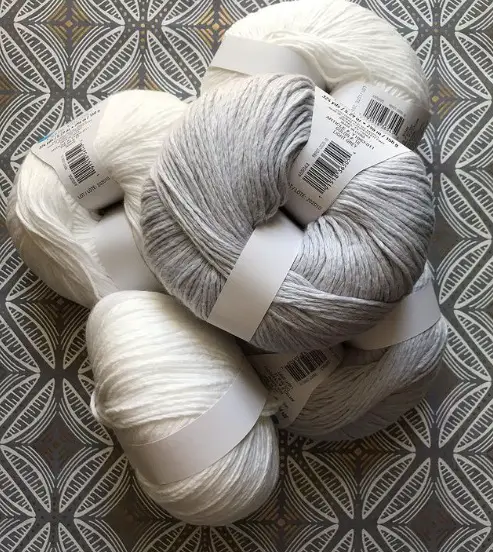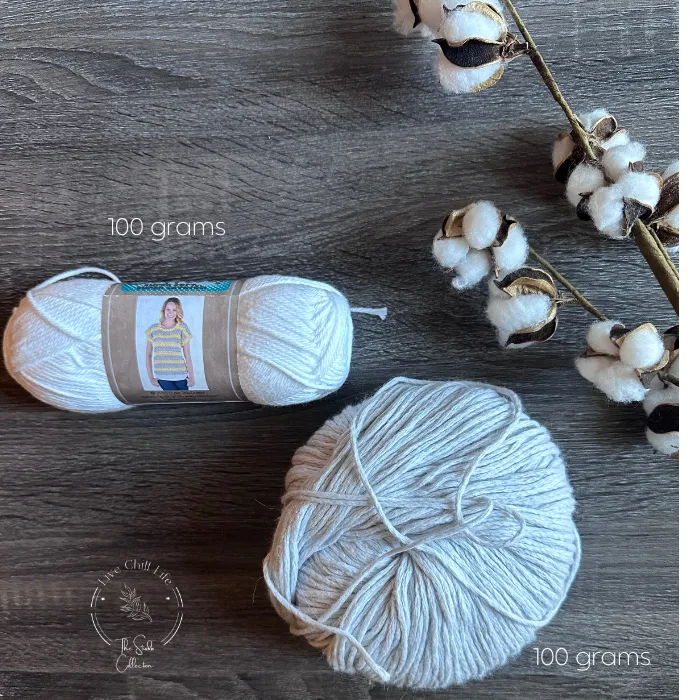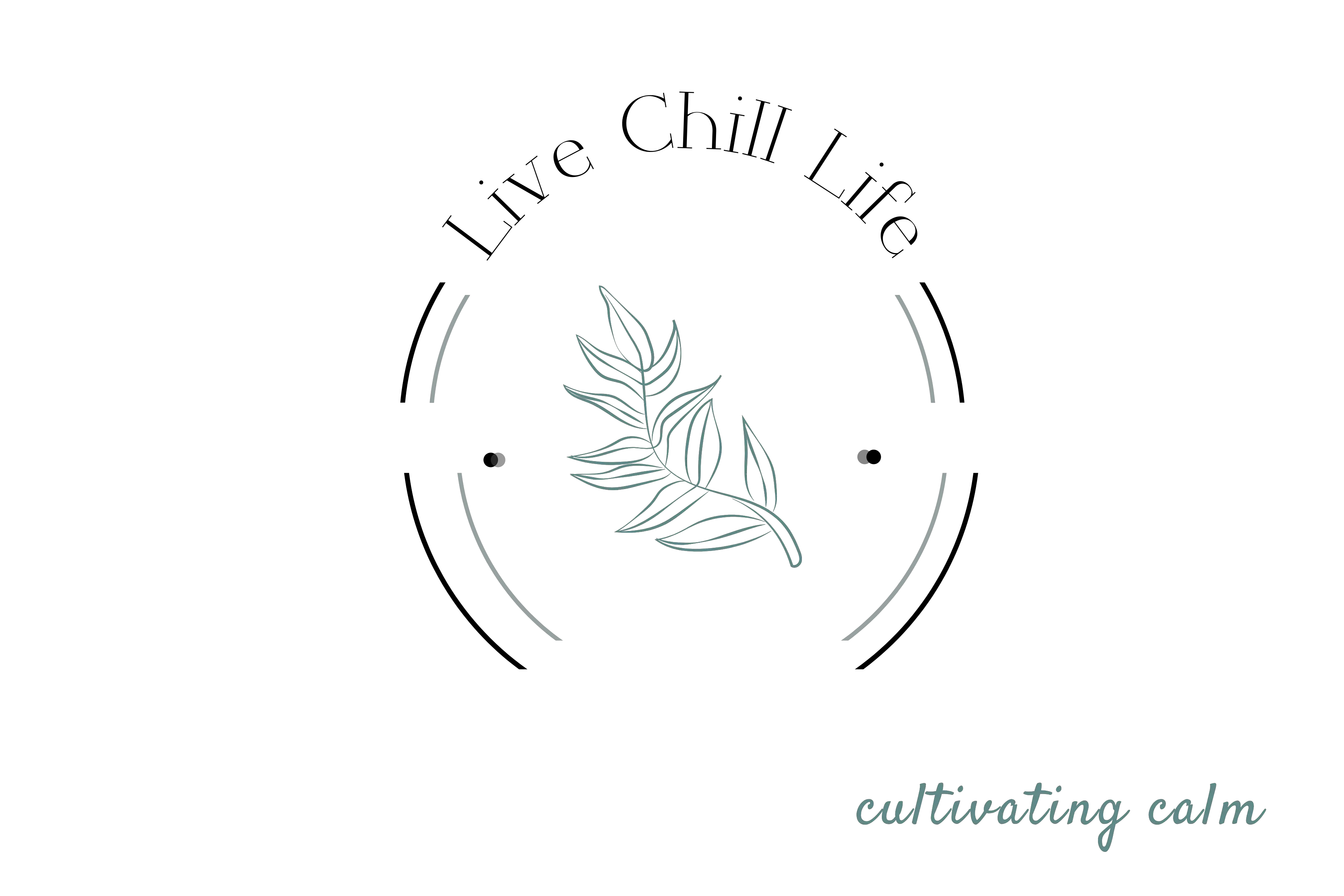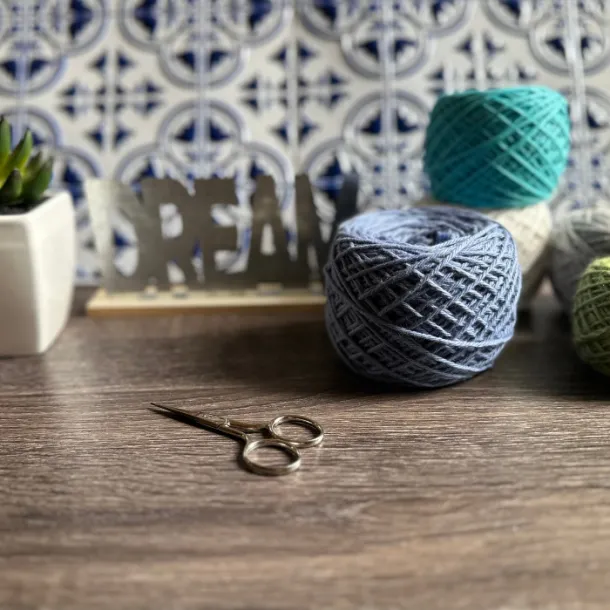Ads allow content creators to provide free useful and compelling content to the public. We may earn money or products from the companies mentioned in this post. See the Affiliates and Disclosures page in the top menu of this website for detailed information.
How mako cotton yarn is made – yarn review
Mako cotton is grown in Egypt. It is a long staple cotton, meaning the fiber itself is longer than regular cotton fibers. One cotton ball atop a plant has 250,000 fibers! That is a mighty plant! The length of those fibers is what determines the quality of the cotton itself.
Table of Contents
5 best yarns for summer knit and crochet projects.
What is mako cotton?
Mako cotton is defined a having a long staple length but what does that mean as opposed to other cotton fibers?
Staple means fiber (interchange those words) as mentioned above. Regular staple cotton is very commonplace, nothing to brag about and certainly perfectly usable when woven well. It’s used in clothing, bedding, towels, etc.

Let’s compare cotton staple (fiber) lengths: A long staple fiber is between 1 1/8″ and 1 1/4″ long.
An extra-long staple fiber is between 1 3/8″and 2″ long.
Compared to a regular cotton fiber that is only UP TO 1 1/8″, that is quite a difference.
What may seem like a miniscule difference makes a drastic impact on lint, softness, and quality.
Loops and threads also has mako cotton yarn, called creme cotton. This is a pattern I designed for a soft flexible crochet kitchen towel made with this yarn.

Comparing regular cotton yarn and mako cotton yarn
American cotton vs. Egyptian cotton
The look and feel of Mako cotton yarn is different than regular cotton yarns like crafter cotton, soft cotton (Hobby Lobby I love this cotton) and mercerized cotton. You can see the difference in the image below.

I consider myself a bit of a cotton yarn expert, I have made so many things with it , garments included because I live in a warm climate. When you crochet with so many types of cotton yarn the difference between them becomes evident quickly.
Mako cotton also known as Egyptian cotton, is a high-quality type of cotton that’s renowned for its softness, strength, and long fibers. You may have seen bed sheet brands boasting that their sheets are super soft Egyptian cotton because there is a difference!
There is no question this is a premium fiber and I am going to explain why.
The cotton itself is not a different species but rather a specific variety of cotton grown primarily in Egypt and a few other regions with similar climates.
The production process of Mako Cotton yarn
The production process of Mako cotton involves several key steps:

- Particular Growing Conditions: As with any agricultural crop, it thrives in optimal conditions for the plant.
- Mako cotton is cultivated in regions with specific climate and soil conditions. These areas typically have a warm climate with consistent humidity, such as the Nile River Valley in Egypt. The soil in these regions is rich in nutrients, which contributes to the cotton’s quality.
- The Nile River plays a crucial role in the cultivation of Egyptian cotton. The river and its fertile valley provide the ideal environment for growing this cotton with long, fine fibers. The consistent water supply from the Nile, coupled with the rich silt it deposits during annual floods, creates fertile soil perfect for cotton cultivation.
- Harvesting: When the cotton bolls (the mature blooms) are hand-picked when fully mature to ensure minimal damage to the fibers. Hand-picking allows for selective harvesting of only the ripe cotton bolls, ensuring high-quality fibers.
The cotton gin
- Ginning: After harvesting, the cotton undergoes a process called ginning, where the seeds and debris are removed from the cotton fibers.
- Cotton gin is a shortened term for cotton engine.
- The process of separating cotton fibers from seeds used to be extremely labor-intensive and time-consuming when done by hand.
- The gin is a machine designed to remove seeds and other non-cotton plant material from the blooms.
- The invention of the cotton gin by Eli Whitney revolutionized cotton processing in the late 18th century.
Spinning cotton fiber
- The selected long-staple fibers of this luxe cotton are spun into yarn. Spinning is the process where the strands of cotton fibers are twisted together to form yarn. The long fibers contribute to the softness and strength of Mako cotton yarn, making it highly prized for textiles, namely items we have touch our skin directly.
- Weaving/Production: The spun yarn is used in various textile applications, including clothing, bed linens, towels, and other luxury fabrics.
- The long fibers of Mako cotton are why this makes a durable and soft finished product.

Comparing different types of cotton yarn
- Feeling like comparing, I bought some mako cotton to compare against crafter’s cotton (like Lily Sugar n’ Cream), a soft standard cotton like Hobby Lobby I Love This cotton and mercerized cotton (like Lion brand 24/7 cotton)
- Mako cotton is lusciously soft and chubby/fluffy while being light as air. It doesn’t split because of how it is woven – a big plus! HUGE BENEFIT. I’d call it “wooly” in texture.
- I find it difficult to have any sort of drape effect until I stitched it correctly in an open design. Like almost every yarn, the stitch and needle /hook size will have a dramatic effect on how the finished work is. For a crochet project like a cotton blanket that doesn’t need drape like a garment does, mako cotton yarn is HEAVEN. I see why it is used for high end sheets!

On the upside, this yarn won’t droop out of shape like other yarns can regardless of stitch, so I can see mako cotton yarn great for cardigans to maintain their fit over time.
One caveat: When I had to frog it a time or two as I found the right stitch pattern I found it pull apart like a cotton ball would.
See this post on the five best no stretch crochet stitches.
Hobby lobby has cotton yarn and I have things to say about it.

